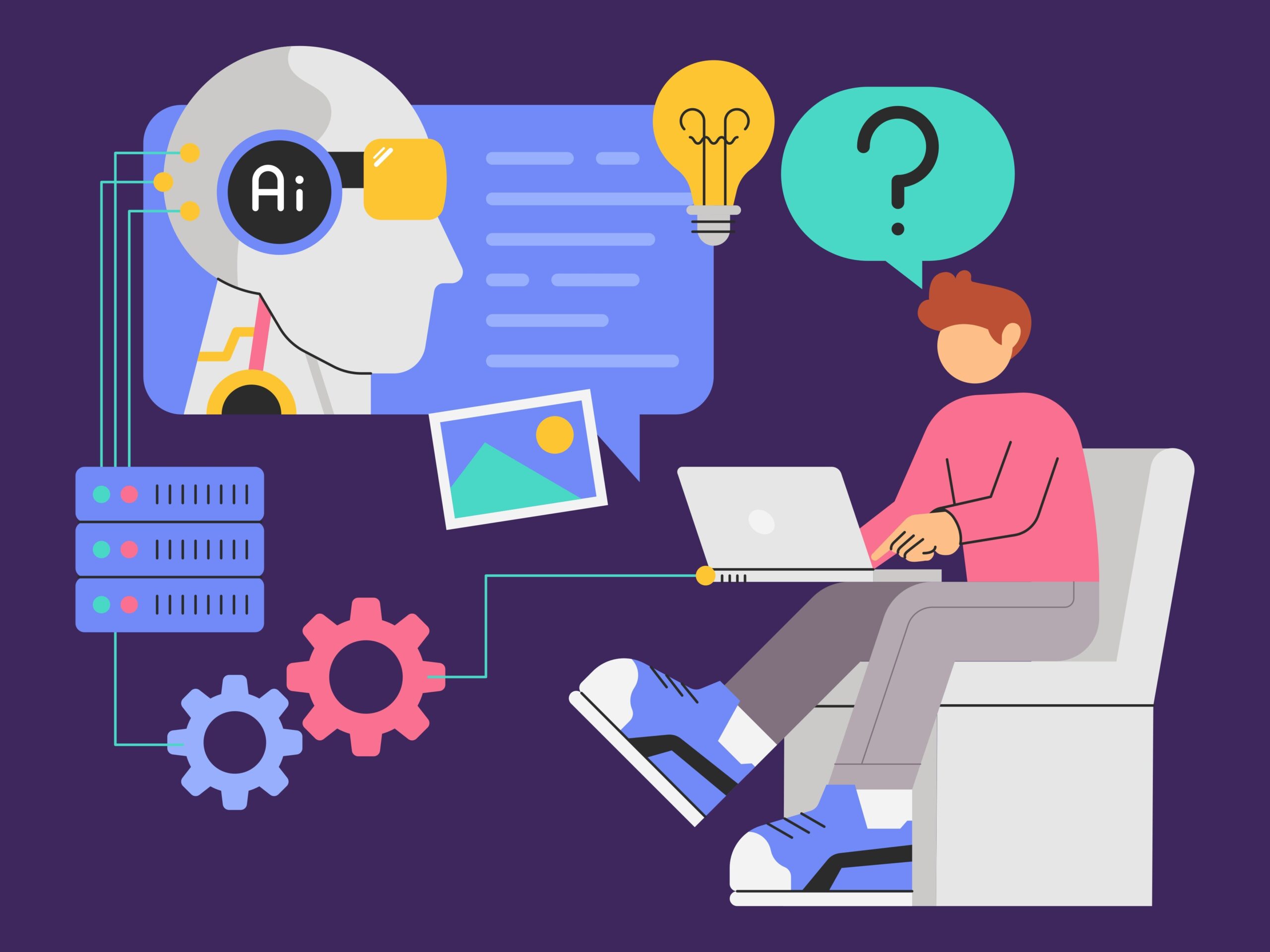Video editing is the process of manipulating and rearranging video shots to create a new work. It is a crucial part of the post-production process in filmmaking, television production, and digital content creation. With the rise of digital platforms like YouTube, TikTok, and Instagram, video editing has become more accessible and essential than ever.
Whether you’re a beginner looking to edit your first video or a professional aiming to refine your skills, this guide will cover everything you need to know about video editing, including tools, techniques, and tips to elevate your content.
What is Video Editing?
Video editing involves cutting, trimming, and enhancing video footage to create a polished and cohesive final product. It can include adding transitions, effects, music, voiceovers, and subtitles to improve the video’s visual and auditory appeal.
Why is Video Editing Important?
Video editing is essential because it helps:
- Tell a Story: Editing allows you to structure your footage in a way that conveys a clear and engaging narrative.
- Enhance Visual Appeal: Proper editing improves the visual quality of the video by adjusting colors, brightness, and contrast.
- Maintain Viewer Engagement: Creative edits keep viewers interested and entertained throughout the video.
- Brand Building: For businesses, well-edited videos enhance brand perception and professionalism.
Essential Video Editing Tools
There are numerous video editing software options available, ranging from beginner-friendly to professional-grade tools. Here are some popular ones:
1. Adobe Premiere Pro
- Level: Professional
- Platform: Windows, macOS
- Features: Multi-track editing, advanced color correction, motion graphics, VR editing
2. Final Cut Pro X
- Level: Professional
- Platform: macOS
- Features: Magnetic timeline, advanced color grading, HDR support, 360-degree video editing
3. DaVinci Resolve
- Level: Professional
- Platform: Windows, macOS, Linux
- Features: Color grading, visual effects, motion graphics, audio post-production
4. iMovie
- Level: Beginner
- Platform: macOS, iOS
- Features: Simple interface, basic editing tools, built-in templates
5. Filmora
- Level: Beginner to Intermediate
- Platform: Windows, macOS
- Features: Drag-and-drop interface, transitions, filters, audio editing
Basic Video Editing Techniques
1. Cutting and Trimming
The most fundamental aspect of video editing is cutting and trimming clips to remove unwanted parts and create a seamless flow.
2. Adding Transitions
Transitions help move from one clip to another smoothly. Common transitions include fades, wipes, and dissolves.
3. Color Correction and Grading
Color correction ensures that the video looks natural and balanced, while color grading adds a specific mood or style to the footage.
4. Audio Editing
Clear and balanced audio is crucial. Adjust background music, add voiceovers, and remove noise to improve the audio quality.
5. Adding Text and Graphics
Incorporate titles, subtitles, and graphics to make the video more informative and engaging.
Tips for Effective Video Editing
- Plan Your Edits: Before you start editing, have a clear idea of the story you want to tell.
- Organize Your Footage: Keep your files organized to save time and avoid confusion.
- Use Keyboard Shortcuts: Learning shortcuts can significantly speed up your editing process.
- Watch Tutorials: Stay updated with the latest editing techniques and software features.
- Focus on Storytelling: Ensure your edits enhance the narrative rather than distract from it.
- Maintain Quality: Export your video in high quality to ensure it looks professional.
Advanced Video Editing Techniques
1. Motion Tracking
Motion tracking allows you to track a moving object in your footage and attach graphics or text to it.
2. Chroma Key (Green Screen)
Chroma keying enables you to replace the background of a video with another image or footage.
3. Visual Effects (VFX)
VFX can transform your video with effects like explosions, animations, and more.
4. Multicam Editing
For events or interviews shot with multiple cameras, multicam editing allows you to switch between different camera angles seamlessly.
5. Audio Syncing
Ensure that your audio is perfectly synced with your video to avoid any delays or mismatches.
Common Challenges in Video Editing and How to Overcome Them
1. Lagging Software
- Solution: Ensure your computer meets the software’s system requirements and update your hardware if necessary.
2. Unorganized Footage
- Solution: Create a folder structure for your project files and label everything clearly.
3. Poor Audio Quality
- Solution: Use noise reduction tools and ensure your microphone is of high quality.
4. Export Issues
- Solution: Check your export settings and ensure they match your desired output format and quality.
FAQs about Video Editing
1. What is the best video editing software for beginners?
Filmora and iMovie are great options for beginners due to their intuitive interfaces and built-in templates.
2. How long does it take to learn video editing?
It depends on your dedication and the complexity of the software. Basic skills can be learned in a few weeks, while mastering advanced techniques may take several months.
3. Can I edit videos on my smartphone?
Yes, apps like KineMaster, Adobe Premiere Rush, and iMovie (iOS) offer powerful editing tools for smartphones.
4. How do I improve my video editing skills?
Practice regularly, watch tutorials, and stay updated with the latest trends and software updates.
5. What hardware is needed for video editing?
A powerful computer with a high-speed processor, sufficient RAM, and a dedicated graphics card is essential for smooth video editing.
6. How do I reduce file size without losing quality?
Use compression tools like HandBrake and export your video in an optimized format.
7. What is color grading in video editing?
Color grading is the process of enhancing the colors in a video to achieve a specific look or mood.
8. How can I add subtitles to my video?
Most video editing software, like Premiere Pro and Final Cut Pro, has built-in tools to add and customize subtitles.
Conclusion
Video editing is a powerful skill that can transform raw footage into compelling visual stories. Whether you are creating videos for personal use, social media, or professional projects, mastering the art of video editing can help you stand out in a world dominated by visual content. With practice, patience, and the right tools, anyone can become a proficient video editor. Join Us to Get More Information!












